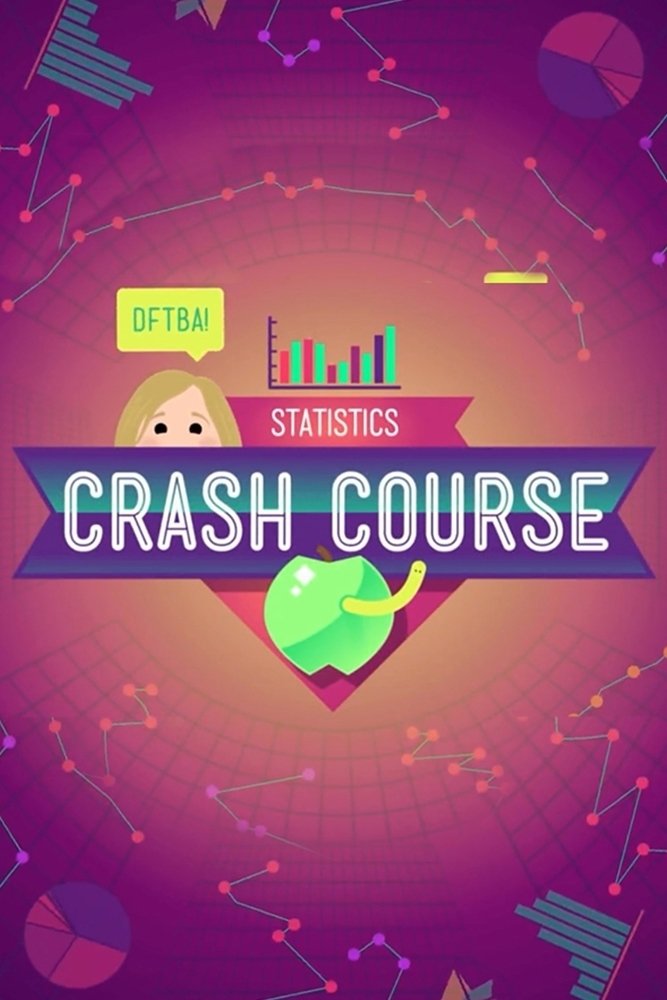
Today we’re going to talk about why many predictions fail - specifically we’ll take a look at the 2008 financial crisis, the 2016 U.S. presidential election, and earthquake prediction in general. From inaccurate or just too little data to biased models and polling errors, knowing when and why we make inaccurate predictions can help us make better ones in the future. And even knowing what we can’t predict can help us make better decisions too.